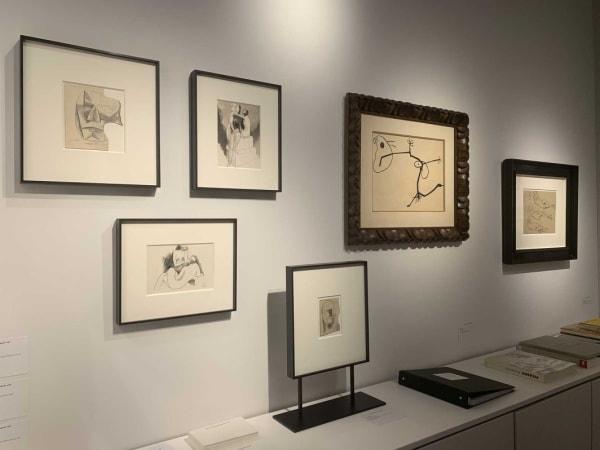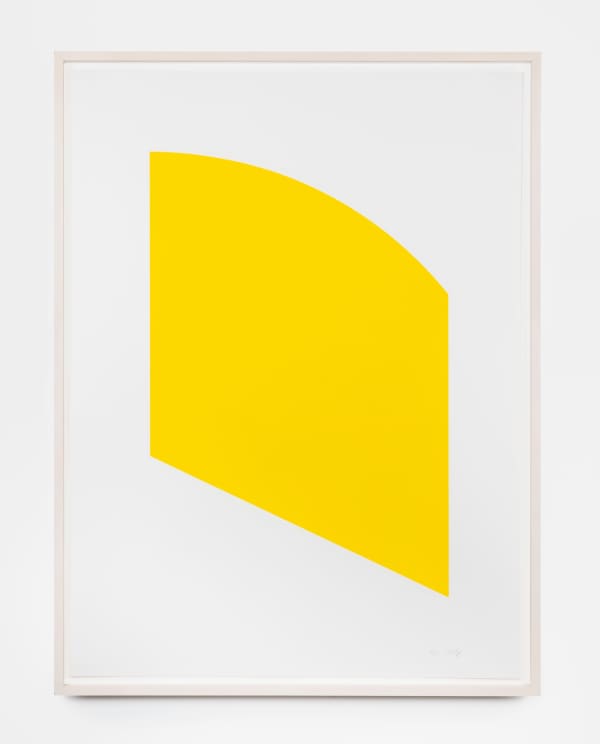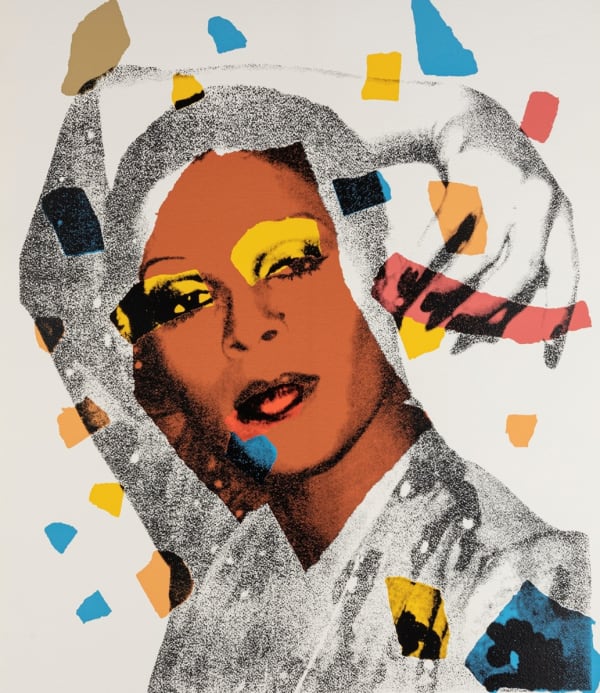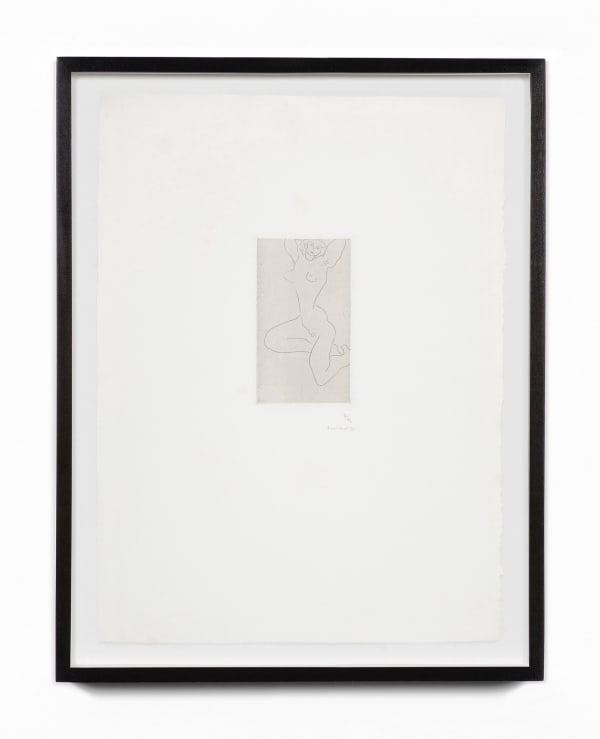“The purpose of art is washing the dust of daily life off our souls.”
Pablo Picasso’s (Málaga, Spain, 1881 – Mougins, France, 1973) influence on 20th century art cannot be overstated. The son of an academic painter, he began to paint at an early age in a naturalistic manner. In 1900, he went to Paris for the first time, ultimately settling there in 1904. He painted in a variety of styles, and his work has been categorized into periods. The Blue Period is characterized by the primary use of blue and a few other hues; paintings tended to feature the poor and destitute. It is thought the suicide of his friend influenced the tone and subject matter. His next thematic subject was carnival performers, harlequins, and clowns, and he began to paint in lighter pink and orange hues, leading critics to dub this as his Rose Period. African and Oceanic art next began to influence his work, inspired in part by his own collection, and he painted the famous Les Demoiselles d’Avignon (1907) at this time. Picasso was a forerunner of Cubism, developing Analytic Cubism along with fellow painter Georges Braque before moving into Synthetic Cubism, in which he began to incorporate objects such as newspaper or wallpaper in his works. This integration had a profound impact on collage as an art form. In 1917, Picasso went to Italy for the first time, subsequently embarking on a Neoclassical style before shifting to Surrealism. Upon the outbreak of the Spanish Civil War, Picasso was greatly affected, leading him to paint a masterpiece such as Guernica (1937), rife with symbols and imagery depicting the horrors of war. Picasso also worked in sculpture, ceramics, etchings, and prints. He died in France in 1973; his legacy had a profound impact on modern art and continues to affect contemporary art today.
-

A Voyage Through Drawing at Salon du Dessin in Paris
Anna Mikaela Ekstrand, Cultbytes, March 23, 2024 -

Von Künstlern bei der Arbeit
Bettina Wohlfarth, FRANKFURTER ALLGEMEINE ZEITUNG, March 23, 2024 -

Les anciens font la loi au Salon du Dessin
Jean-Marie Wynants, Le Soir, March 22, 2024 -

Salon du dessin à Paris: les stands à ne surtout pas manquer cette année
Guy Boyer, Connaissance des arts, March 19, 2024 -

Zeit Contemporary Art Showcases The History of Modern Prints
Annabel Keenan, Cultbytes, September 18, 2021 -

From Paris to New York: Transformations in Printmaking
Meer, September 4, 2021 -

Transformations in Printmaking Surveyed at Zeit Contemporary Art
Eli Anapur, Widewalls Magazine, August 13, 2021 -

From Paris to New York
Art Plugged, July 30, 2021 -

From Henri Matisse to Carmen Herrera, Transformations in Printmaking at Zeit Contemporary Art
Artfixdaily, July 30, 2021













